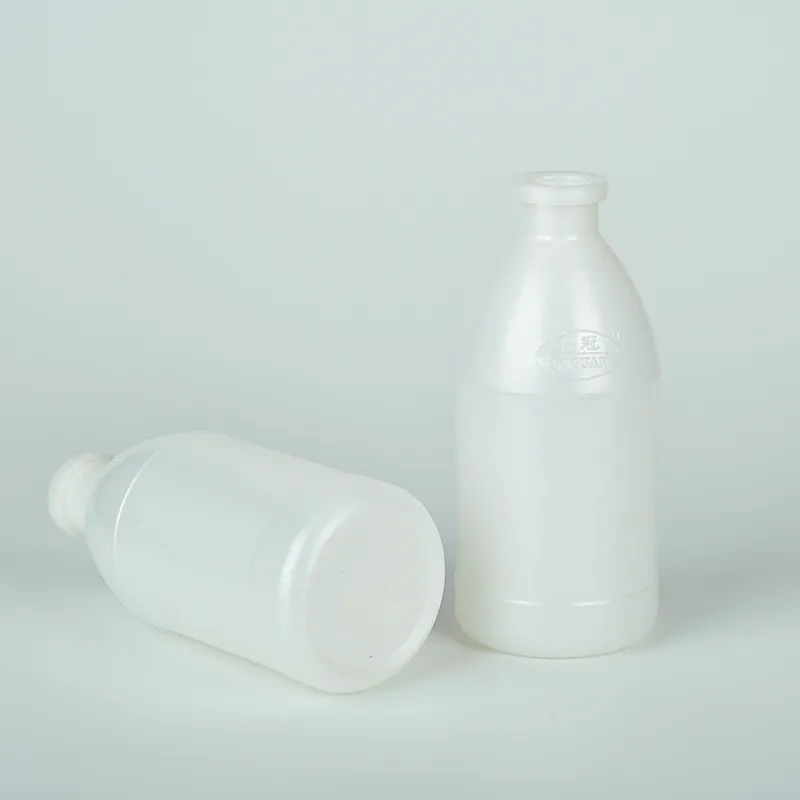types of medicine bottles
Types of Medicine Bottles An Overview
Medicine bottles are an essential component of healthcare, serving as containers that store medications safely and effectively. They come in various shapes, sizes, and materials, each tailored to specific needs and purposes. Understanding the different types of medicine bottles can help ensure proper medication management and enhance patient safety.
1. Plastic Bottles
Plastic bottles are the most common type of medicine containers due to their lightweight and durable nature. They are typically made from materials like polyethylene or polypropylene, which are resistant to moisture and chemicals. These bottles often come with child-resistant caps to prevent accidental ingestion by children. Additionally, the transparency of some plastic bottles allows patients to easily see the medication inside, providing a clear indication of whether a refill is necessary.
Glass bottles are favored for their inert properties, making them an excellent choice for storing sensitive medications that require protection from environmental factors like air and moisture. They are often used for liquid medications, such as syrups and elixirs, as well as for injectable medicines. Glass is non-reactive, meaning it won’t leach chemicals into the medication, ensuring the integrity of the drug. However, glass bottles are heavier and more prone to breakage than their plastic counterparts, leading to the need for careful handling.
3. Amber Bottles
Amber bottles, a variant of glass bottles, are designed specifically to protect light-sensitive medications. The amber color helps block ultraviolet (UV) light, which can degrade certain drugs. This type of bottle is commonly used for photolabile substances, such as certain antibiotics and chemotherapy agents, ensuring that the medication maintains its effectiveness throughout its shelf life.
types of medicine bottles

4. Syrup and Dropper Bottles
Syrup and dropper bottles are specialized containers used for liquid medications in specific dosages. Syrup bottles often feature built-in dosing systems or marks for measuring doses accurately, making them particularly useful for pediatric medications. Dropper bottles, on the other hand, are designed with a dropper cap that allows for precise dispensing of liquid drops, essential for medications requiring exact dosages, such as eye drops or homeopathic remedies.
5. Unit-Dose Packages
Unit-dose packaging is gaining popularity, especially in hospital settings. Each dose of medication is individually packaged in a sealed container, often made from plastic or foil. This type of packaging enhances safety by reducing the risk of medication errors. Unit-dose packages are convenient for healthcare professionals and patients as they require no measuring, and they help maintain medication stability and freshness.
6. Blister Packs
While not traditional bottles, blister packs have become a common method for packaging pills and capsules. They consist of pre-formed plastic cavities that securely hold individual doses, often with a foil backing for added protection. Blister packs offer an organized way to dispense and store medications, making it easier for patients to track their dosage schedule. Additionally, they provide protection against moisture and contamination.
Conclusion
The variety of medicine bottles and packaging options available today reflects the diverse needs of medications and the importance of safe storage and dispensing. Whether plastic, glass, amber, or specialized units, each type serves a unique purpose in ensuring that medications remain effective and safe for consumers. Understanding these various forms can enhance medication adherence, improve patient outcomes, and foster a safer healthcare environment. Ultimately, the right choice of medicine bottle can make a significant difference in the efficacy and safety of pharmaceutical treatments.
-
Aesthetic Makeup Spray Bottles | Fine Mist Empty RefillableNewsAug.19,2025
-
White Plastic Veterinary Vaccine Vials | Lab Liquid BottlesNewsAug.18,2025
-
Plastic Medicine Liquid Bottle: Secure Flip Top Drug VialsNewsAug.17,2025
-
Durable 250ml Blue Plastic Vaccine Vial for Lab & Vet UseNewsAug.16,2025
-
Sterile Virus Sample Tubes: Secure & Reliable Specimen CollectionNewsAug.15,2025
-
White 250ml Plastic Vaccine Vial for Lab & Vet MedicineNewsAug.14,2025
























